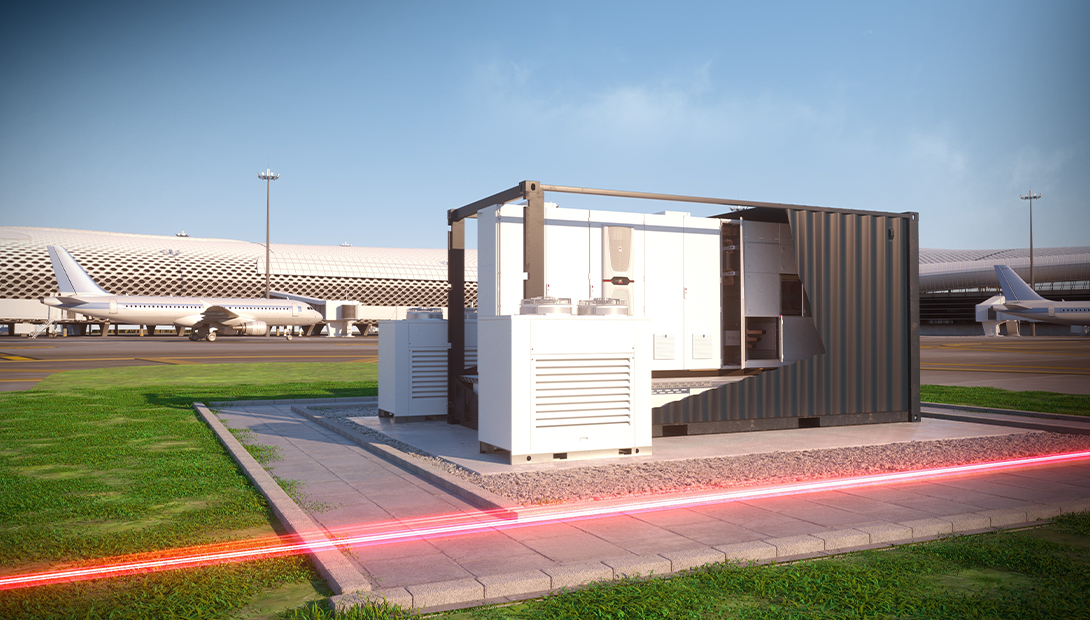 Add My Company
Add My Company


It’s the age-old adage of doing what you’ve always done! When it comes to enclosures it's no different, people stick with what they know and when it comes to putting enclosures outdoors stainless steel is usually what they select.
However, there are other materials out there that may perform better in an outdoor setting or for the application you have and could be more cost-effective. Let’s consider aluminium for instance.
A general perception can be that this material is not as strong and durable as stainless steel, especially when used to manufacture enclosures. However, despite stainless steel being heavier and stronger, aluminium is approximately a third of the weight of stainless steel, therefore aluminium has a better strength-to-weight ratio.
Another point to consider is the impact rating of both these materials when they are used outdoors in a public setting as they can be the target for vandalism. The impact rating (IK) of stainless steel used in enclosures typically tends to be IK8, whereas aluminium is IK9. The reason for this is that stainless steel will tend to crack but aluminium will deform and bend. Whilst any impact on the material isn’t good, in an enclosure application, material that has cracked will potentially allow water ingress.
Probably one of the best features of aluminium is its good corrosive properties.
There’s a misconception that stainless steel doesn’t rust. Unfortunately, in the wrong environment, it can and will rust. Once rust is apparent on the surface, unless treated it will spread and eventually part of the material, or all of it, can disintegrate. This doesn’t bode well for equipment that is fitted inside an enclosure.
Whilst untreated aluminium can be affected by corrosion if its exposed long enough to the outdoor elements. Aluminium doesn’t act like stainless steel does. When untreated, aluminium comes into contact with oxygen and it forms a thin coat of aluminium oxide that chemically bonds itself to the surface of the metal. Now this oxidisation doesn’t flake like rust does and therefore will stay intact unless its removed but, it can also regenerate if oxygen is present creating a protective layer over and over. Therefore, its reactive nature can be seen as a great asset to the material. The oxidisation of aluminium can look like a white powder on the surface of the material.
If we look at using aluminium for outdoor enclosures, the material will have also been supplied with a powder-coated surface. This powder coating offers yet another layer of protection, increasing the lifetime of the material.
Another consideration of all of the above is cost. When looking at these two materials on an enclosure basis, aluminium will be more cost-effective than its stainless steel counterpart.
Aluminium won’t be right for every application, but neither is stainless steel. However, aluminium is a serious contender and needs to be considered as a viable option for outdoor enclosure applications. All too often, enclosures are chosen based on the wrong perceptions. The enclosure is there to protect the internal equipment from the outside elements and vice versa. In many cases, the enclosure is housing critical infrastructure controls for power, airports, highways and rail to name a few. The equipment inside is only as good as the enclosure it is housed in.
Are you facing the challenge of selecting the perfect electrical enclosure for your outdoor installation? Look no further, because we've got you covered! Our comprehensive e-book, "Mastering Outdoor Installations: The Ultimate Guide to Selecting the Right Enclosure," is your ultimate resource for navigating the complexities of outdoor applications.
For more information on Outdoor Enclosures – Aluminium Vs Stainless Steel talk to Rittal Ltd

